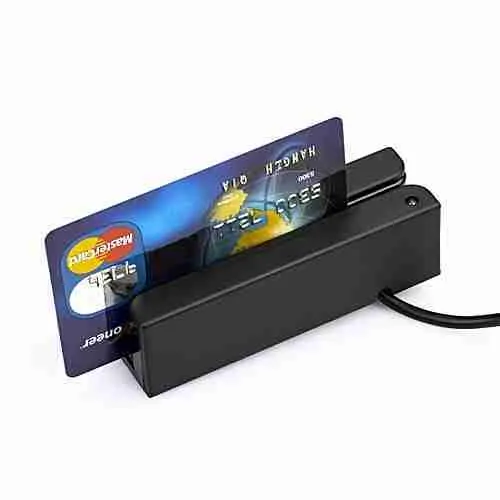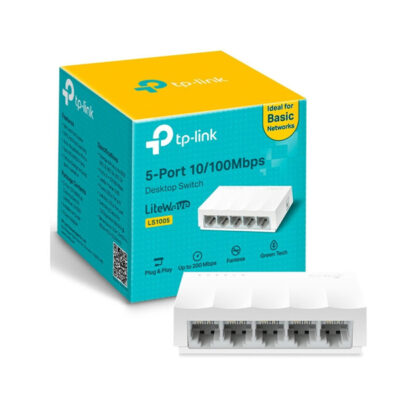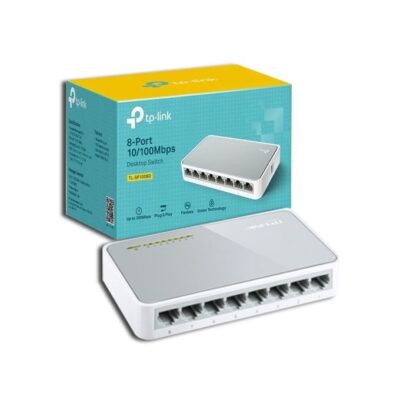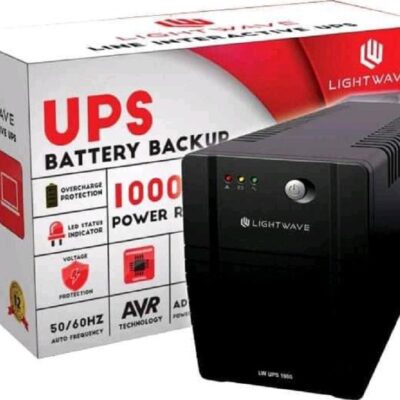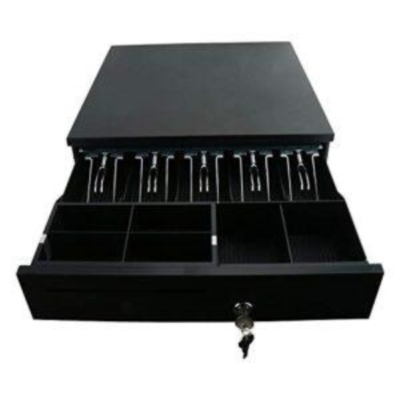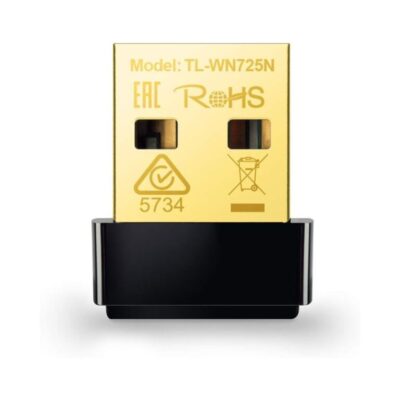Product details
USB Magnetic Swipe Readers: in Kenya
A USB Magnetic Swipe Reader reads card data. It accesses information on magnetic stripes. These cards include credit/debit cards. Industries use these readers widely. Retail, banking, security, and hospitality benefit. They process payments swiftly, authenticate identities and track employee attendance too.
Key Features
The reader interacts with a magnetic stripe. This stripe is on the card’s back. It stores valuable data. The stripe has three tracks. Each track holds different data. Track 1 contains alphanumeric data. This includes name and account information. Track 2 primarily holds numeric data. This is often the card number. Track 3 is used less frequently. It holds additional specialized information.
Types of Readers
Standalone Swipe Readers are simple. They connect to a computer. Connectivity uses USB, RS232, or Bluetooth. Retail or security environments use these often. Integrated POS Systems have built-in readers. They are part of payment terminals. Cash registers or self-service kiosks integrate them. They are designed for financial transactions. Handheld Magnetic Card Readers are portable. They suit fieldwork. They connect via USB, Bluetooth, or wireless tech.
Connectivity Options
Most modern readers use USB. This allows easy plug-and-play. They work with computers or POS systems. Some older models use RS232/Serial connections.They communicate with legacy systems. Bluetooth models are wireless. They suit mobile or remote usage. Smartphones, tablets, or portable POS systems use them.
Software and Security
Readers usually come with software or drivers. These interface with a system. They often offer customization. Data from the magnetic stripe is processed. Cardholder information can be parsed. Credentials can be verified. Some advanced readers offer encryption. This secures data as it is read. It prevents fraud in payment systems. PCI-DSS compliance is vital. This protects sensitive cardholder information.
Common Applications
Payment processing is a primary use. Businesses swipe credit, debit, or gift cards. This happens at retail locations. Access control systems use swipe cards. They gain entry to secure areas. Offices, buildings, or parking garages benefit. ID verification is crucial. Healthcare, government, or education use it. They verify identity quickly. Patient information is confirmed. Membership status is checked. Employee attendance tracking is simple. Employees swipe ID cards. They log entry/exit times at work. Loyalty programs and membership cards use them. Stores and clubs track points. Membership status or discounts are managed.

